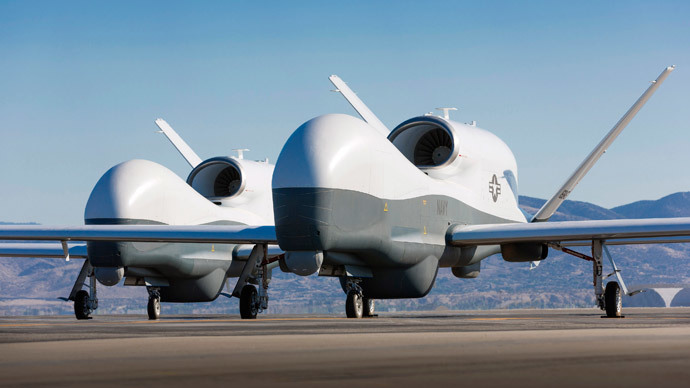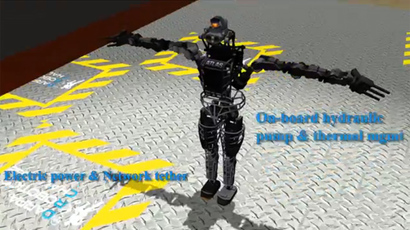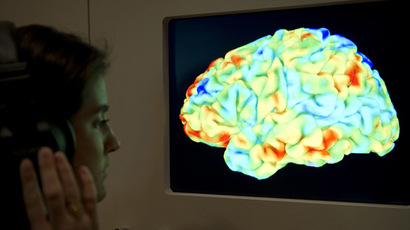DARPA project seeks hive mind for drones

The Pentagon’s research arm is launching a program to unite existing and future drones into hives, where individual autonomous aircraft will share data and operate together against targets on a battlefield – all while being controlled by one human.
The Defense Advanced Research Projects Agency (DARPA) recently announced that, on April 11, it will hold a “proposer’s day” for its Collaborative Operations in Denied Environments (CODE) program. CODE’s objective is to expand capacity of unmanned aerial vehicles, or drones, to include “autonomy and inter-platform collaboration.”
“Collaborative autonomy has the potential to significantly increase the capabilities of [existing drones] as well as to reduce the cost of future systems by composing heterogeneous teams of [drones] that can leverage the capabilities of each asset without having to duplicate or integrate capabilities into a single platform,” DARPA’s announcement explains.
“Using collaboration algorithms, [drones] can provide services to each other, such as geolocating targets with long-distance sensors and guiding less-capable systems within their sensor range, providing multimodal sensors and diverse observation angles to improve target identification, transmitting critical information through the network...[and] protecting each other by overwhelming defenses and other stratagems.”
With CODE, DARPA hopes to develop four “critical technology areas” for its future drones: single-drone mission and flight autonomy; a human-systems interface that enables a “mission commander” to manage a drone fleet and handle “critical inputs” such as telling drones to fire weapons; drone-team autonomy that gives a fleet one common intelligence while exploiting the best capabilities and attributes of each “member”; and an “open architecture” that would guide aspects of a squadron, allowing them to pass information between each other and humans.
The CODE project, according to DARPA, is an effort to ready today’s relatively primitive drones for “dynamic” future conflicts, which the agency believes will be marked by “a higher level of threats, contested electromagnetic spectrum, and re-locatable targets.”
Furthermore, as Ars Technica points out, DARPA sees the skies of Afghanistan and Iraq, where US drones have operated with almost no danger of counteraction, as child’s play compared to a future where drone technology will surely be more widespread and enemies more “hardened” than insurgents drones have hunted thus far.
It was recently reported that DARPA is doubling funding for its fleet of underwater drones, dubbed the Hydra program. Some of DARPA’s other ongoing projects include inaudible military vehicles, the ATLAS robot, unprecedented facial recognition software, brain-reading technology, the ultimate internet search engine, and, of course, lasers to shoot down multiple enemy drones.














